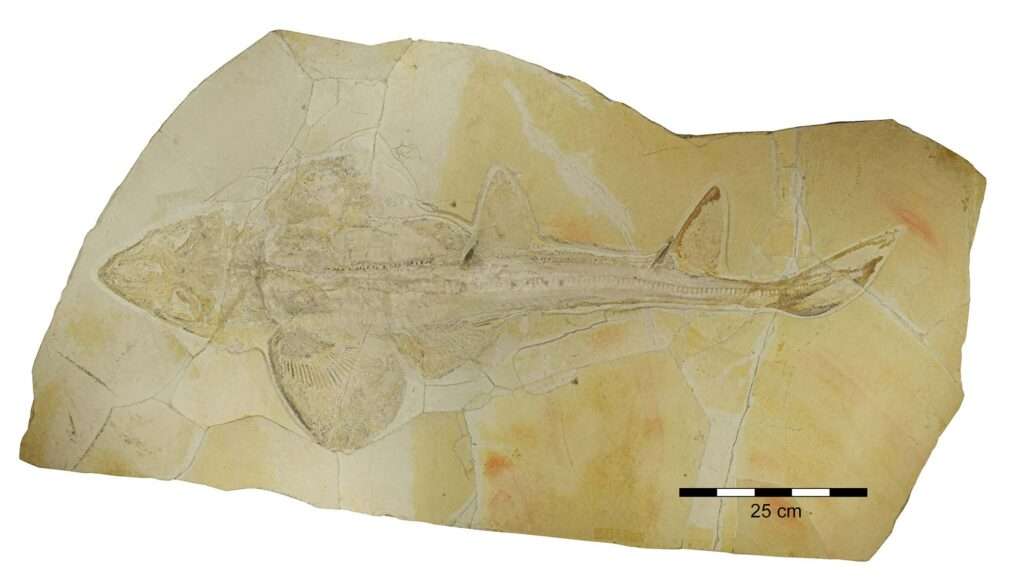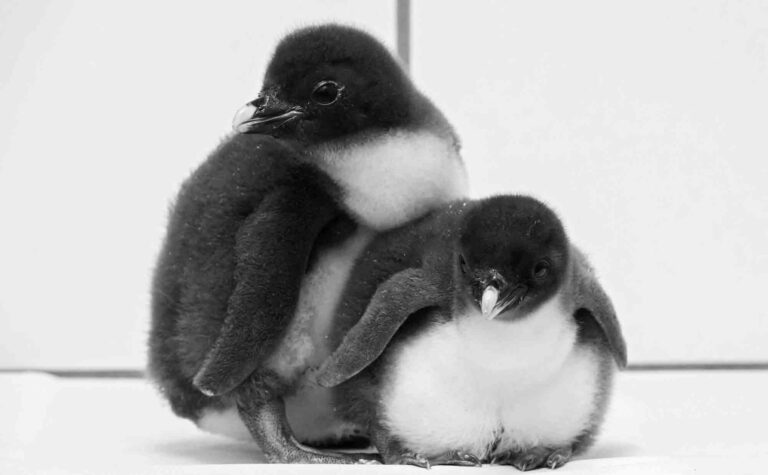Evolutionary biologists have apparently solved the mystery of the missing link between modern-day sharks and rays.
A new study of fossils dating back 150 million years of a Jurassic fish called Protospinax annectans has been carried out by scientists at Austria’s University of Vienna.
The 1.5-metre-long (4.9 feet) species lived from the Early Jurassic to the Early Cretaceous period in the seas around Europe.
The fossils show they have a shark-like body and tail but with wide dorsal fins, not quite as large as those found in modern-day rays.
Some biologists believe they could have been a missing link between sharks and rays.
But a research team led by palaeontologist Patrick L. Jambura from the University of Vienna, in Austria, used mitochondrial DNA and reconstructed its – and many other extinct – sharks and rays’ family trees.

They then embedded fossil groups using morphological data, and were startled to spot Protospinax annectans’ advanced development.
Jambura said in a statement obtained by Newsflash: “Protospinax carried features that are found in both sharks and rays today.
“Of particular interest is whether Protospinax represents a transition between sharks and rays as a ‘missing link’ – a hypothesis that has gained considerable appeal among experts over the past 25 years.”
Their results proved that the ancient marine animal was neither a ray nor a primitive shark, but a highly evolved species in its own right.
Jambura added: “We tend to think of evolution like a hierarchical, ladder-like system, in which older groups are at the base, while humans, as a very young species in Earth history, are at the top.
“In truth, however, evolution has never stopped even for these primitive representatives, but they continue to evolve day by day via changes in their DNA, just as we do.
“This is the only way they have been able to adapt to constantly changing environments and survive to this day.”
It still remains unknown why the species became extinct about 145 million years ago, Jambura claimed.
The study was published in the peer-reviewed, open access journal ‘Diversity’ on Tuesday, 21st February 2023.
The Ananova page is created by and dedicated to professional, independent freelance journalists. It is a place for us to showcase our work. When our news is sold to our media partners, we will include the link here.




